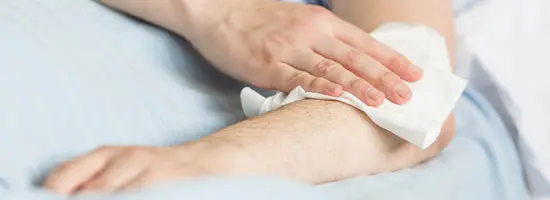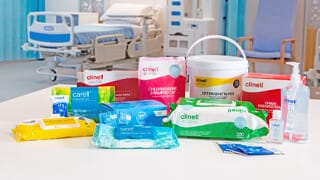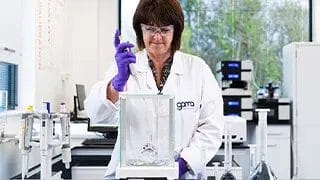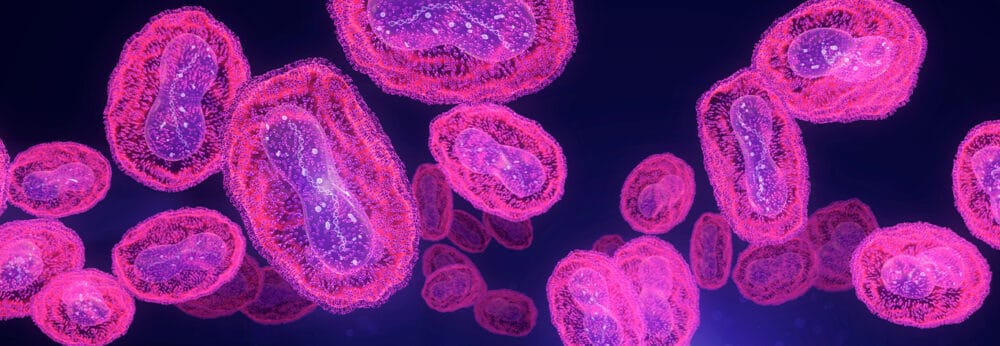Posted
17th August 2018
Research

A useful review published recently in an orthopaedic surgery journal (by Katarincic et al.) covers the various interventions that are often introduced to reduce the risk of surgical site infection (SSI). The evidence for some interventions is stronger than others, but there’s much we can do throughout the patient journey to reduce the risk of SSI, from pre-operative bathing, through antisepsis of the incision site, to effective post-operative wound care.
The evidence for the prevention of SSIs is reviewed thoroughly in the NICE guidelines on SSI prevention, which cover pre-operative, intra-operative, and post-operative measures. However, these guidelines were published in 2008, so a whole decade of SSI prevention research is missing! The review by Katarincic et al. is more pragmatic, spending more time on some of the more contentious issues. For example, whilst antisepsis of the incision site using either chlorhexidine or povidone-iodine is recommended, the NICE SSI guidelines are lukewarm on whether or not to implement chlorhexidine body washing prior to surgery, recommending bathing or showing using soap on the day before, or on the day of, surgery. The authors of the review by Katarincic et al. come to a different conclusion following their review of the evidence on chlorhexidine bathing before surgery: ‘Use chlorhexidine wipes both the night before and the morning of surgery, provide patients with written instructions, and institute a web-based alert for maximum compliance.’
Part of the reason for this difference is that much evidence around the use of chlorhexidine bathing has been published since the NICE recommendations were published. Also though, the review by Katarincic et al. is careful to consider compliance with the chlorhexidine bathing protocol when interpreting the evidence. A number of ‘negative’ studies, concluding that chlorhexidine bathing does not reduce SSIs have poor compliance with chlorhexidine bathing. For example, a prospective cohort study by Johnson et al. found that the infection rate in non-compliant patients in the chlorhexidine bathing arm of the study was 1.6% compared with 0% in the compliant patients in the chlorhexidine bathing arm of the study. And we know from other studies that the use of wipes (vs. solution) can help improve compliance with chlorhexidine bathing.
SSI prevention measures need to be supported by effective guidelines, which take into account compliance with interventions, when considering recommendations. To tackle SSI effectively requires the implementation of prevention measures throughout the patient journey. Based on the latest evidence, bathing with chlorhexidine before surgery makes sense as part of an SSI prevention programme.
SHARE THIS ARTICLE
Tags
Latest News
Celebrating 20 Years of GAMA Healthcare: Our Story
This month, GAMA Healthcare celebrates 20 years of helping prevent…
Norovirus: Understanding its transmission and prevention in the UK
Introduction Norovirus is recognised as the leading cause of viral gastroenteritis…
Clean Between to Reduce Healthcare-Associated Infections
Healthcare-associated infections (HAIs) are a significant concern for healthcare facilities…
Mpox: emergence of a new threat
A new threat related to mpox is emerging, in the…










